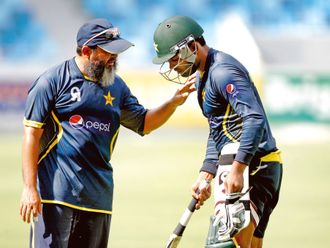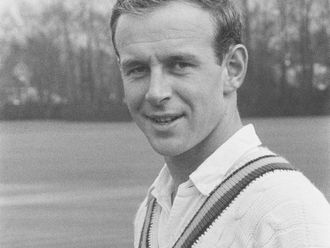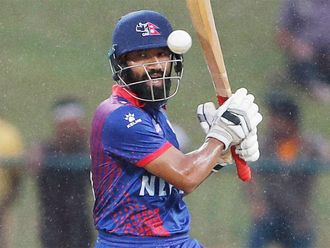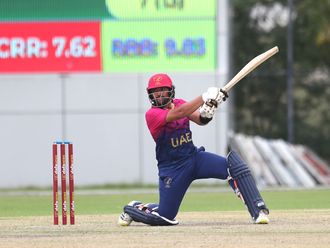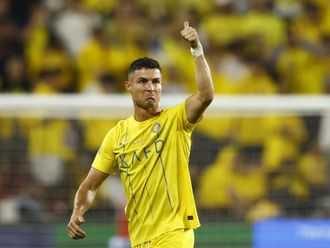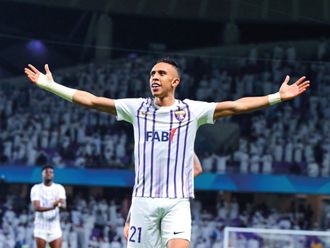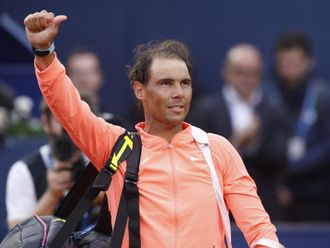Dubai: This is not the first time that the clash between coach and captain has rocked Indian cricket. When Sourav Ganguly, now one of the Cricket Advisory Committee (CAC) members along with Sachin Tendulkar and V.V.S. Laxman, was Team India captain in 2005, he had a clash with coach Greg Chappell — which eventually led him being stripped of captaincy and then dropped from the team for nearly two years.
That was one of the ugliest clashes till date, somewhat ironical as it was Ganguly was instrumental in the Australian’s recruitment.
Had Anil Kumble not resigned as his relationship with captain Virat Kohli became ‘untenable,’ things would have gotten worse during the West Indies tour. In cricket, it must be accepted that a captain is supreme on the field; but off it, players, including the captain, may well accept that the coach is boss. If either the captain or coach tries to interfere beyond the area of his influence, the team will go astray.
There is no doubt that Kumble is a great thinker of the game and Kohli is a gifted batsman but unless there is mutual respect, nothing will work. This was the reason behind the end of Bishan Singh Bedi, Kapil Dev and Sandip Patil as team India coaches. Unfortunately, players when they turn super stars, very often refuse to take ideas from former cricketers and sometimes a coach too can find it difficult to accept the stars’ vision.
It is here that the Board of Control for Cricket in India (BCCI) will have to clearly define the area of authority in the team’s make-up to prevent any personality clashes. When the board falters in this role, coaches suddenly find themselves without support.
The coaches, who have found favours with top Indian players were Gary Kirsten and John Wright, since both chose to keep a low-profile and turned out to be better man managers in handling the egos of a Tendulkar, Dravid and Ganguly.


